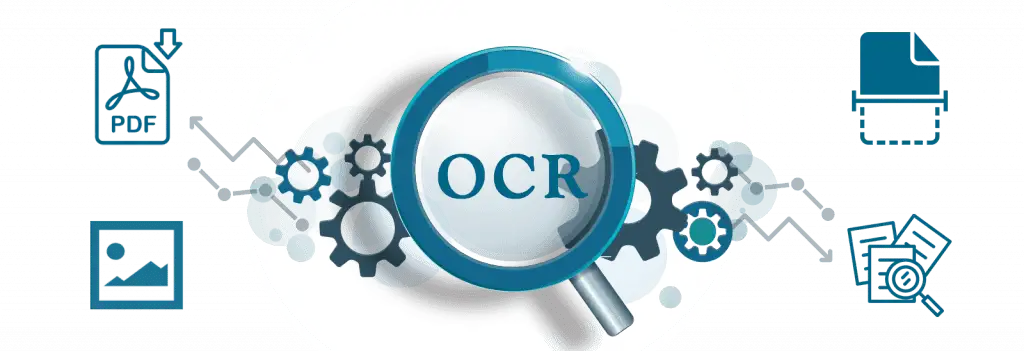Optical Character Recognition (OCR)
In a world overflowing with digital information, one technology quietly powers countless everyday tasks: Optical Character Recognition (OCR). But what exactly is OCR, how does it work, and why is it so important?
What Is OCR?
OCR stands for Optical Character Recognition, a technology that converts different types of documents—scanned paper documents, PDFs, or images—into editable and searchable data. In simpler terms, OCR allows computers to “read” text from pictures, just like humans do.
Imagine scanning a printed page and instantly being able to search for keywords, copy text, or edit the content. That’s OCR in action.
How Does OCR Work?
OCR software analyzes the shapes of letters and numbers in an image, then matches those shapes to corresponding characters in a database. It typically follows these steps:
- Image Preprocessing – Cleaning up the scanned image to improve accuracy (removing noise, correcting orientation).
- Text Detection – Locating text blocks, lines, and characters within the image.
- Character Recognition – Matching shapes to known letters and numbers using pattern recognition or AI models.
- Postprocessing – Correcting errors and formatting the output for readability.
Modern OCR systems increasingly use machine learning and artificial intelligence to improve accuracy, especially for handwritten or stylized fonts.
Why Is OCR Important?
OCR technology is everywhere, even if you don’t notice it:
- Digitizing Books and Archives: Preserving and making printed texts searchable online.
- Business Automation: Extracting data from invoices, receipts, and forms to speed up workflows.
- Accessibility: Helping visually impaired people by converting text to speech.
- Data Entry and Storage: Saving time by turning paper documents into digital records.
The Future of OCR
With advances in AI, OCR is becoming faster and more accurate. It’s also expanding beyond printed text to recognize handwriting, tables, and even complex layouts. Soon, OCR could power smarter document analysis and even real-time language translation.
OCR is a game-changer, turning printed words into digital data that’s easy to search, edit, and share. As the technology advances, it’s set to revolutionize how we access information—making our digital world faster, smarter, and more connected than ever before.



